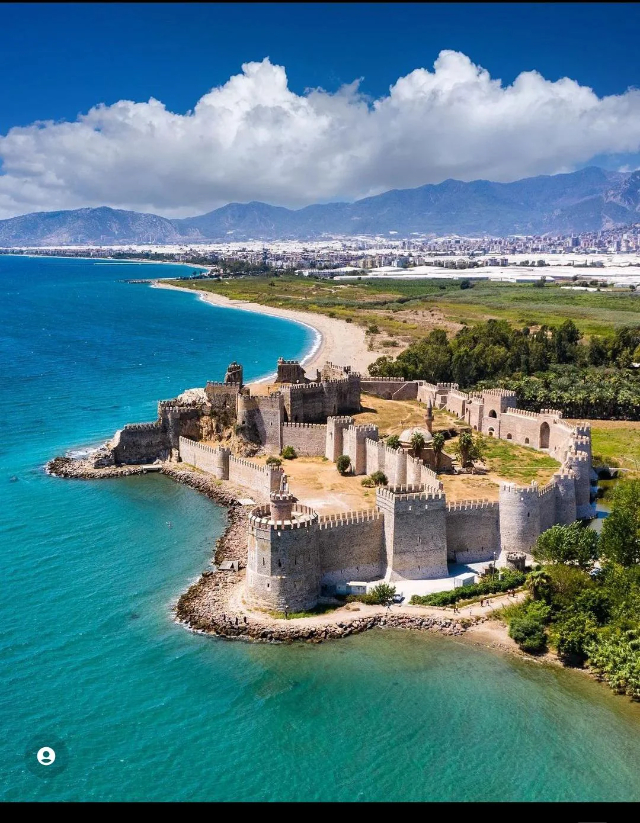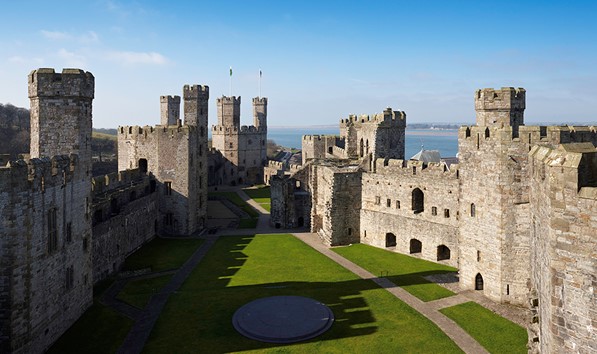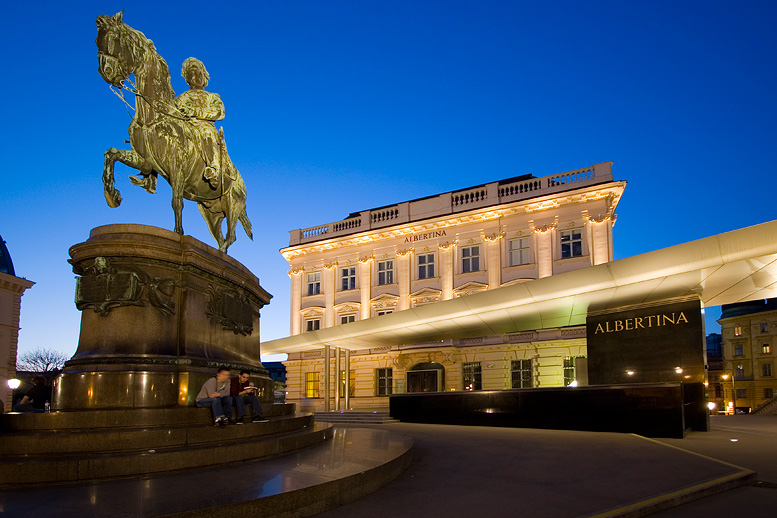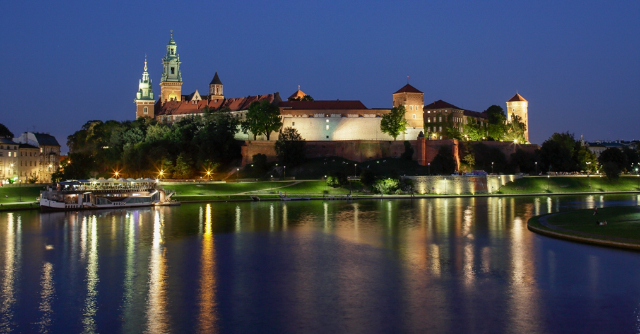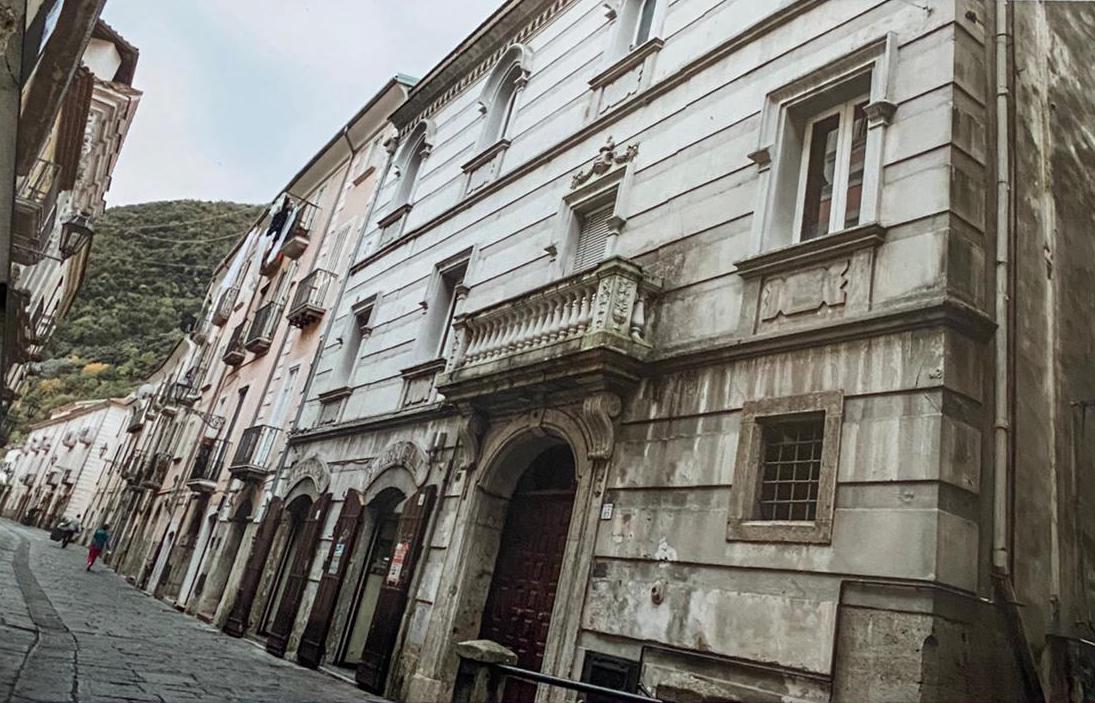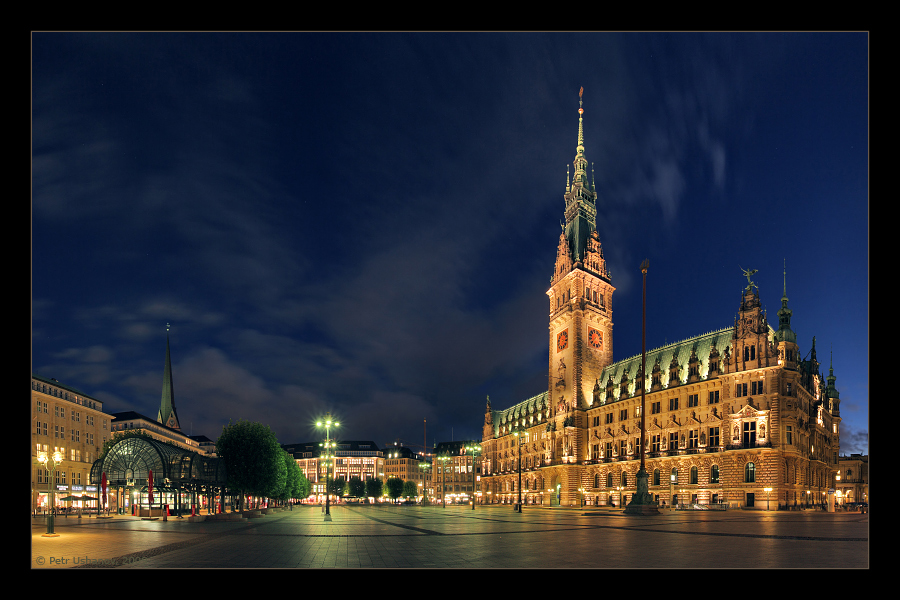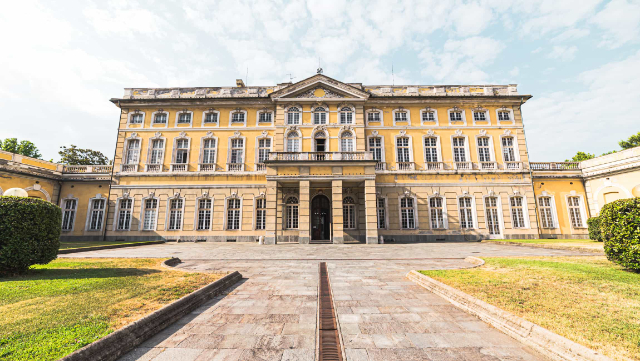Mamure Castle, a majestic historical edifice located in Anamur, Mersin Province, Turkey, is an architectural marvel with a storied past, intricately woven into the fabric of the Mediterranean region’s history. Perched on the Mediterranean coast, about 6 kilometers east of Anamur and 216 kilometers west of Mersin, this castle is not just a fortification but a testament to the region’s rich and tumultuous history.
Origins and Evolution Originally constructed by the Armenian Kingdom of Cilicia on the remnants of a fourth-century Roman castle, Mamure Castle was initially designed as a bastion against pirates. Its strategic location made it a pivotal point of defense throughout the centuries. The Byzantine era saw significant repairs to the structure, enhancing its defensive capabilities, and it was later modified by the Crusaders, who left their mark on its architecture.
The Seljuk Turks, under the leadership of Alaattin Keykubat I, captured the castle ruins in 1221. They embarked on an ambitious project to rebuild a more formidable fortress, skillfully incorporating elements from the existing Roman and Byzantine structures. This blend of architectural styles is evident in the castle’s diverse structural features.
Karamanid Dynasty to Ottoman Empire The Karamanid dynasty, a Turkmen principality, later controlled Mamure Castle. An inscription from Ibrahim II of Karaman in 1450 suggests that the castle was captured during Mahmut’s reign (1300–1311). Mahmut’s renovations were significant, and it was he who renamed the castle to Mamure. In 1469, the castle fell under Ottoman rule, and it saw further renovations in the 16th century, with additions enhancing its formidable stature.
Architectural Marvel Encompassing an area of about 23,500 square meters, the castle’s architecture is remarkable. It features 39 towers and bastions, each connected by sturdy ramparts, making it one of the most impenetrable fortifications of its time. The western section of the castle houses a courtyard with several buildings, including a mosque with a minaret and a Turkish bath, showcasing the Ottoman influence.
A fascinating aspect of Mamure Castle is the integration of a lighthouse within its walls. Situated in the southern section, this lighthouse has withstood the test of time and continues to be a beacon for sailors, symbolizing the castle’s enduring legacy.
A Historical Anecdote An intriguing historical anecdote involves the castle’s role during the Crusades. It is said that the castle served as a crucial stronghold for Crusaders heading to the Holy Land. The mixture of Armenian, Byzantine, Seljuk, and Ottoman influences in its architecture reflects the diverse array of powers that controlled and fortified it over the centuries.
Today’s Significance Today, Mamure Castle stands as a striking example of medieval military architecture and a cherished historical site. It attracts historians, archaeologists, and tourists from around the world, eager to explore its ancient walls and uncover the stories they hold.
In conclusion, Mamure Castle is not just a structure of stone and mortar. It is a silent witness to the ebb and flow of empires, a keeper of secrets of the past, and an enduring symbol of the rich, multifaceted history of the Mediterranean region.

